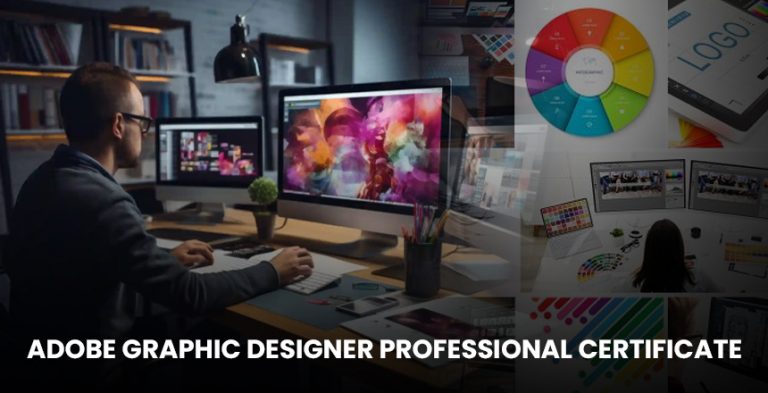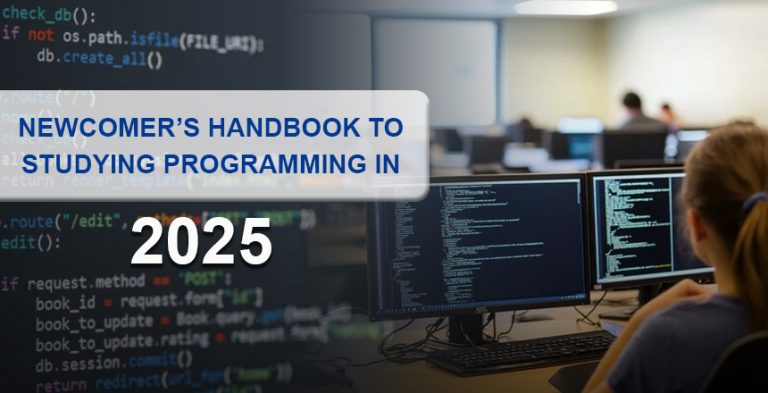If you ever feel lost, unmotivated, or confused as to what to do next in your life or career, this is a simple truth: Jahren growth starts with understanding yourself. And one of the most fortifying ways of doing that is by finding your skills – what you are great at, what you love, and what you can be paid to do. Once you have identified your strengths, it comes as a whole lot easier to work upon them.
Here is a short, no-bullshit guide to take on your skills and get to their value.
Step 1: Bring Yourself Down to Earth About Where You Stand Around.
- First, ask yourself these questions.
- What are those tasks that I do excellently without much effort?
- What is that which people usually ask me for advice on?
- What have I accomplished that I’m proud of, school, work, projects of my own?
Don’t stick to formal abilities like coding or graphic designing. The soft skills such as communication, problem-solving, and time management skills are also very important and transferable.
Step 2: Dissociate natural strengths from learnt skills.
- Everyone has talents. Some of them are those you were born with; the others you have acquired somewhere over time. It’s important to distinguish between:
- Innate strengths: such as creativity, empathy, or analytical thinking.
- Learned skills: such as video editing, public speaking, or having Excel skills.
- Understanding both will enable you to know where to bet and where to work on.
Step 3: Ask for Feedback
- At times we can be so close to ourselves that we cannot see clearly. Inquire of friends, colleagues, mentors or teachers.
- “What do you think that I am good at?”
- “When was it that I felt my best?”
- People pay closer attention than you think, so you may be shocked at what catches their eyes, but the best part, it might reveal certain skills you didn’t even know you possessed.
Step 4: Pick Skills That Pay Off
With the list, pick one or two skills to hone. Prioritize:
- Niche skills that are much in demand (digital technology, coding, sales).
- Talents that fit your liking ellos.
- Marketable skills (a job, freelancing, or own business)
Focus beats multitasking. Learn one thing before getting into the second one.
Step 5: Create a Learning Plan
It is not just enough to learn a skill by watching random YouTube videos. Have a plan:
- Pick a course or resource (free) or (paid)
- Establish a schedule (i.e. 30 minutes every day for 4 weeks)
- Actively practice – not a mere theory but vibrant projects.
- A month of such concentrated (20–30) minutes a day can cause significant progress.
Step 6: Apply What You Learn
Knowledge means nothing without action. Use your skills in real life situations.
- Promises to lend one’s skill to another person.
- Volunteer on small projects
- Create your portfolio, even for fun (if you could).
- Doing and not just learning provides for faster and deeper skill-building.
Step 7: Track Your Progress
Take notes of what you’ve learned on a weekly basis. Celebrate small wins. Reflect:
- What got easier?
- What did I struggle with?
- What needs to be worked on now?
- It is easier to stay motivated and focused with tracking.
Final Thought
It is not necessary to be born a genius or attend an Ivy League school to be successful. However, you do have to be honest with yourself, consistent in your efforts and smart in what you are building. Self-knowledge and skill-building is the easiest and best way to your personal and professional development.
Start now. Your future self will be grateful.








